-
×

-
×
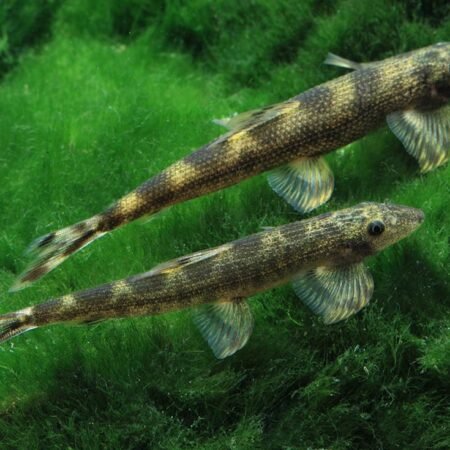
-
×
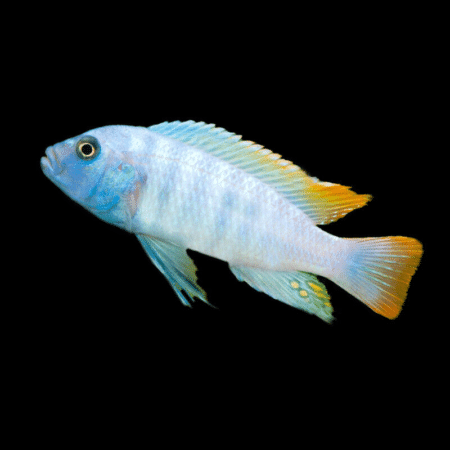
-
×

Subtotal: £54.28

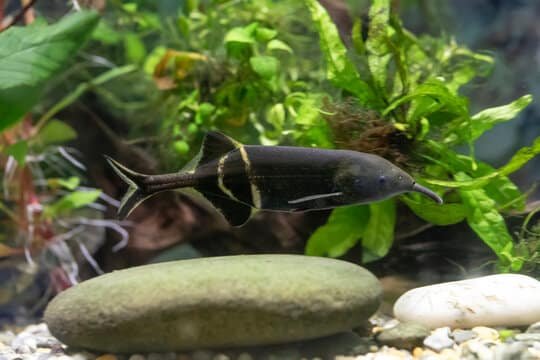

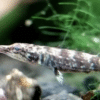
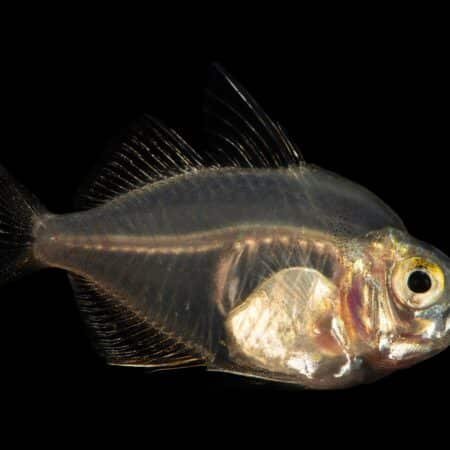









Emily Carter (verified owner) –
I recently added an Elephantnose Fish (Gnathonemus petersii) to my community tank, and I couldn’t be happier! At first, I was a bit concerned about their unique care requirements, but after two months, I can confidently say they thrive in my setup. These charming freshwater fish have such gentle personalities and are fascinating to watch as they use their elongated snouts to explore the substrate. Their peaceful nature makes them perfect for a tropical community tank, as they coexist beautifully with my other fish.
I love how interactive they are, especially during feeding time when they come out to scavenge for food. I feed them a mix of high-quality flakes and frozen foods, and they seem to relish every bite! One minor consideration is that they can be a bit shy initially, so I recommend providing plenty of hiding spots in your aquarium.
Compared to other fish I’ve kept, the Elephantnose truly stands out for its unique behavior and adaptability. I wholeheartedly recommend them to anyone looking to enhance their aquarium with a captivating species. Just make sure you have a peaceful community and a little patience as they settle in.
Emily Carter (verified owner) –
I recently welcomed an Elephantnose Fish into my aquarium, and I couldn’t be more thrilled! This beautiful creature is not just a feast for the eyes but also a fascinating addition to my community tank. After about three weeks of observing its behavior, I can confidently say it’s become a centerpiece in my setup. Its unique trunk-like snout is perfect for sifting through the substrate, and I’ve seen it interact playfully with other fish, which just warms my heart.
Compared to other freshwater fish I’ve kept, the Elephantnose has a wonderfully calm demeanor and is quite social, making it ideal for community setups. Just make sure your tank is spacious—at least 50 gallons is best—to give them room to explore. After some initial shyness, it now eagerly comes to the front of the tank whenever I approach, which is a joy to see.
One minor consideration is that they appreciate good water quality, so maintaining your aquarium is essential—they thrive with a solid filtration system. If you’re an aquarium enthusiast looking for a unique fish that brings character and charm, I wholeheartedly recommend the Elephantnose! This gentle giant has definitely brought more life into my home.